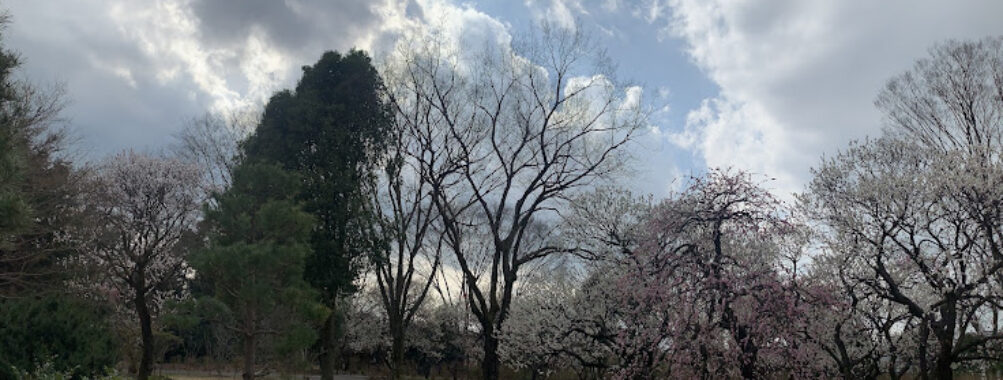
Fuchu City Local History Museum of Forest
Table of Contents
Description
The Fuchu City Local History Museum of Forest, also known locally as Kyodo-no-Mori, is a fascinating blend of natural beauty and cultural heritage that showcases the rich forestry history of western Tokyo. As someone who’s spent countless hours exploring Japanese museums, I gotta say – this place really stands out! The museum complex features both indoor exhibits and outdoor spaces that’ll make you forget you’re still technically in Tokyo.
Key Features
• Traditional Japanese architecture exhibits, including perfectly preserved old merchant houses
• Seasonal plum garden (baien) that bursts into stunning pink and white blooms
• Interactive displays showing the evolution of local forestry practices
• Educational workshops and hands-on activities for kids
• Peaceful walking trails through carefully maintained forest areas
• Japanese tea ceremony room with regular demonstrations
• Historical artifacts showcasing Fuchu’s development through the ages
• Special seasonal exhibitions that rotate throughout the year
• Photography-friendly spots, especially during spring and fall
• Child-friendly exhibits with engaging educational content
Best Time to Visit
Y’know what’s cool about this place? It’s actually worth visiting in every season, but lemme break down the absolute best times. Early spring, particularly February and March, is magical when the plum blossoms are in full bloom. The autumn months of October and November are equally spectacular, with the changing leaves creating a gorgeous backdrop for photos. If you’re trying to avoid crowds (and trust me, that’s always a good idea), early weekday mornings are your best bet. The lighting for photos is better then too!
How to Get There
Getting to the museum is pretty straightforward – even for someone like me who regularly gets lost in Tokyo! From central Tokyo, take the Keio Line to Fuchu Station. From there, you can either hop on a local bus (about 10 minutes) or enjoy a leisurely 20-minute walk through some charming neighborhood streets. I actually prefer walking because you get to see bits of local life along the way. But if you’re visiting during summer’s sticky heat or winter’s chill, the bus might be more your speed.
Tips for Visiting
Listen, I’ve learned these things the hard way, so here’s what you really need to know: Bring your camera – seriously, you’ll kick yourself if you don’t. The museum is super camera-friendly, and the lighting in the traditional buildings is just *chef’s kiss*. Wear comfortable shoes because you’ll be doing quite a bit of walking, especially if you want to explore all the outdoor areas (which you absolutely should).
Pack some snacks if you’re planning a longer visit – while there are vending machines on-site, having your own treats comes in handy. The museum is wonderfully wheelchair accessible and kid-friendly, but some of the traditional buildings have steps, so keep that in mind if you’re visiting with little ones or folks with mobility issues.
Oh, and here’s a pro tip: check their website before visiting because they often have special seasonal events that aren’t widely advertised. These can include everything from traditional craft workshops to night illuminations during festival seasons. I once stumbled upon a traditional tea ceremony demonstration and it ended up being the highlight of my visit!
If you’re into photography, morning visits are best for catching that gorgeous natural light filtering through the trees. And don’t rush – this isn’t one of those places you can properly experience in an hour. Give yourself at least 2-3 hours to really soak it all in.
During peak seasons (spring and fall), try to arrive right when they open. Trust me on this one – you’ll want to beat the crowds to get those perfect photos without random strangers in the background. And don’t forget to check out the seasonal plum garden – even when it’s not blooming, it’s a peaceful spot for a bit of quiet contemplation.
The staff here are incredibly helpful and many can communicate in basic English. Don’t be shy about asking questions – they’re usually more than happy to share interesting details about the exhibits that you might miss otherwise. Just remember to bring cash for the entrance fee, as some smaller museums in Japan don’t always accept cards.
Location
Places to Stay Near Fuchu City Local History Museum of Forest
Find and Book a Tour
Explore More Travel Guides
No reviews found! Be the first to review!